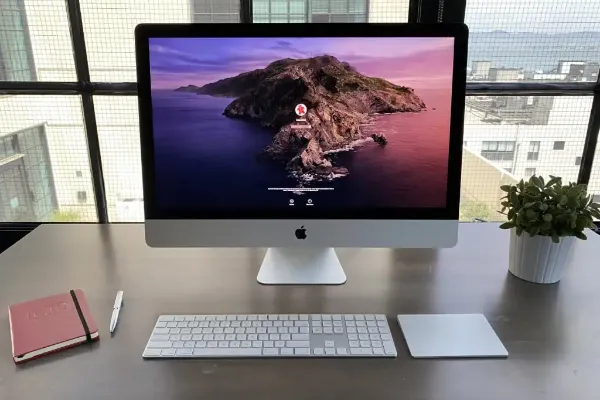

Navigating your Mac without knowing about Finder is like showing up for a job interview without the correct qualifications. It’ll not be long before you realize you are not using your MacBook correctly, which may cost you precious time and effort.
Put yourself out of the misery of unproductivity by learning about Finder.
On macOS, Finder is an important tool for searching and organizing files. The tool runs in the background and contributes to the workflow. If you are new to Mac or transitioning from the Windows environment to the Apple ecosystem, getting the hang of Finder will take a while. Here’s what you need to speed up the learning process.
What is Finder?
As mentioned above, Finder is an in-built macOS tool that allows users to interact with the files stored on their Mac. You can think of it as an equivalent of Windows File Explorer.
Using Finder, you can copy, move and delete files. Also, you can connect to peripheral devices, access apps, and more.
How to launch Finder?
Finder is accessed through the Dock. Click on the smiling blue face icon to open the Finder window. When the tool launches, you will see the default Finder window, which is the Recents section.
You can view the other folders in the sidebar and double-click to open a folder or file.
What is the Default Folder in Finder? Can You Change this folder?
The default folder Mac in Finder is the Recents folder. This folder shows all the files users have recently interacted with. However, there might be better options than opening the Recents folder for your workflow.
Thankfully, Mac allows users to change the default folder in Finder to work with the folder of their choice.
To change the default folder, open Finder > Preferences > General tab > find the New Finder windows show and choose one of the options from the dropdown menu.
You can also set Finder to open a custom folder by default. For this, click Others from the dropdown menu and find the folder you want. Confirm your choice.
How to Create a New Folder?
Create a new folder by launching Finder and navigating where you want to create the folder. Alternatively, you can click anywhere on the desktop to create a folder.
Select File > New Folder or press the Shift + Command + N keys on the keyboard. Next, enter a name and press Return.
How to Move Files or Folders?
Using Finder, you can move folders or files to different locations.
You can do this by clicking and dragging the file or folder between two windows. As you do this in two different drives, Finder will create a copy of the file while keeping a copy in both locations. But if you drag and drop it on the same drive, Finder will move the item to the new location, and it will only exist in the new location.
Alternatively, you can press Command + C on your keyboard to copy the files or folders you wish to move. Then, press Command + V to paste the copied items into the new location.
Can you Personalize the Finder Toolbar?
Yes, you can personalize the Finder toolbar to your liking.
Open a new Finder window > two-finger-click on the toolbar > choose Customize Toolbar > click and drag various tools onto the bar > click Done when finished.
There are several tool options to choose from, including Get Info, Quick Look, Connect, and Delete.
What is Quick Look?
If you have added Quick Look to the Finder toolbar, it will allow you to take a sneak peek into the contents of a document or folder. Thanks to this, you don’t have to open all the folders to find what you need.
Open a new Finder window > find the file you want to use with Quick Look > click it once. You can also tap the Spacebar on your keyboard to bring up the Quick Look option.
What is the Function of Tags?
Keeping things organized on your Mac is essential. It will help streamline your workflow and boost productivity. Also, you can shave off precious time and effort spent looking for files and documents.
The tags feature comes in handy when organizing folders and files in Finder. You can use tags by opening Finder > Menu bar > Settings > Tags > check the boxes next to the tags you want to use > drag the tags of your choice to make them available for quick access in Finder menus.
Then, you can use the tags to find files or folders instantly.
Final Thoughts
Mastering the basic features of Finder is easy. Then, you can explore the hidden features to get more out of this tool and streamline your workflow. You can even tinker with Finder settings to customize it and make it work more efficiently for your workflow.
Leave a Reply